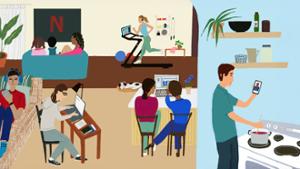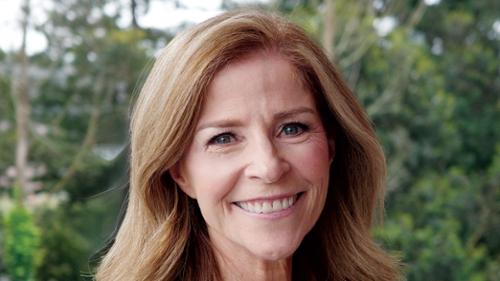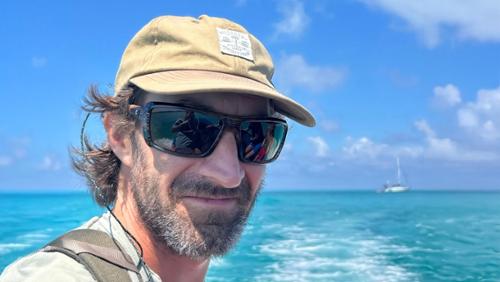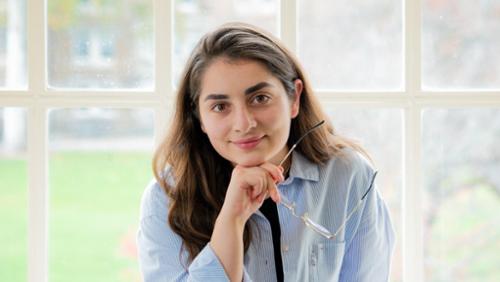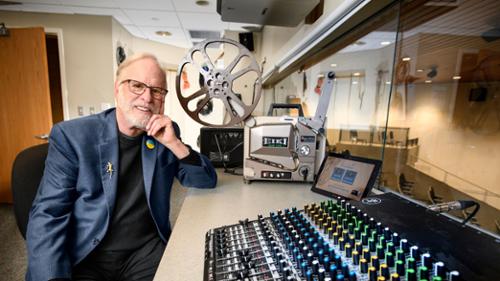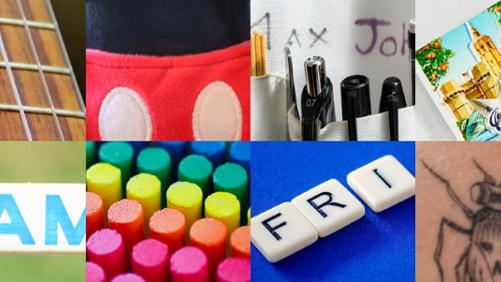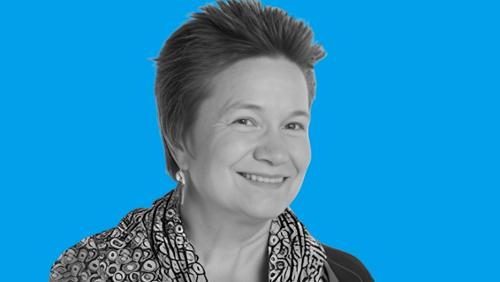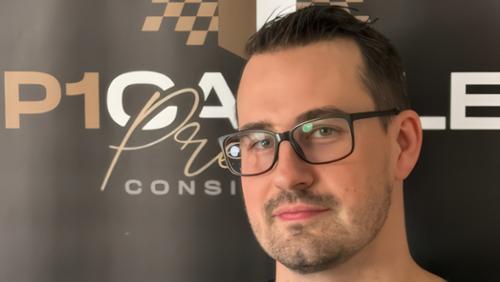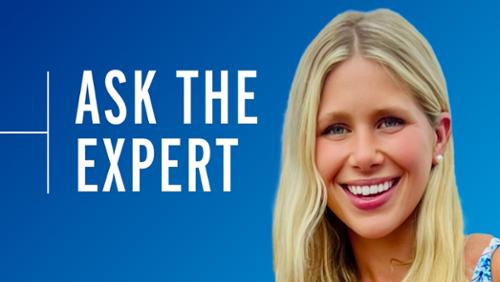Hamilton Magazine
Summer 2025

All Stories
-
Fresh off his second term in the White House as U.S. secretary of agriculture, Tom Vilsack ’72 has joined the World Food Prize Foundation as CEO. The organization is devoted to driving transformative change in food security and sustainable agriculture.
Topic -
When Tori Campbell Nelson ’86 talks, children listen. The co-founder and anchor of KidNuz, “a fun, fresh, first-of-its-kind kids’ podcast,” delivers age-appropriate news stories to her third- to sixth-grade audience five days a week.
Topic -
Preston Sutton ’97 follows where science, the wind, and his interests take him. As operations manager at Sail & Explore, this polymer physicist does field work and expedition planning for a Switzerland-based nonprofit that explores the possible effects of micro- and nanoplastics on human health.
Topic -
In 2020, when the Second Nagorno-Karabakh War forced Nana Hayrumyan ’27 and her family to flee to Armenia from their home in the Republic of Artsakh, her schooling was put on hold. But Hayrumyan never gave up her belief in the value of education.
Topic -
When someone learns that I’m a film history professor, the question, “What’s your favorite film?” is rarely long in coming.
Topic -
We reconnected with some members of the Class of ’25 to ask a different question: What are you taking away from Hamilton?
Topic -
Founder and medical director of the Gender Wellness Center of Oneonta, N.Y., Carolyn Wolf-Gould ’83 has been a pioneer in expanding access to transgender healthcare.
Topic -
Scott Kleinklaus ’11, a longtime Formula 1 racing fan, saw an opportunity to turn his passion into a profession.
Topic -
Since the launch of the World Wide Web, Hamiltonians have been at the forefront of digital entrepreneurship, creating and funding a number of tech companies — perhaps you’ve heard of a few.
Topic -
A graduate of the French Culinary Institute, Elizabeth Palmer Starnes Califano ’11 teaches culinary skills to aspiring cooks of all ages. We asked her to share ideas for how to get kids involved in the kitchen.
Topic
